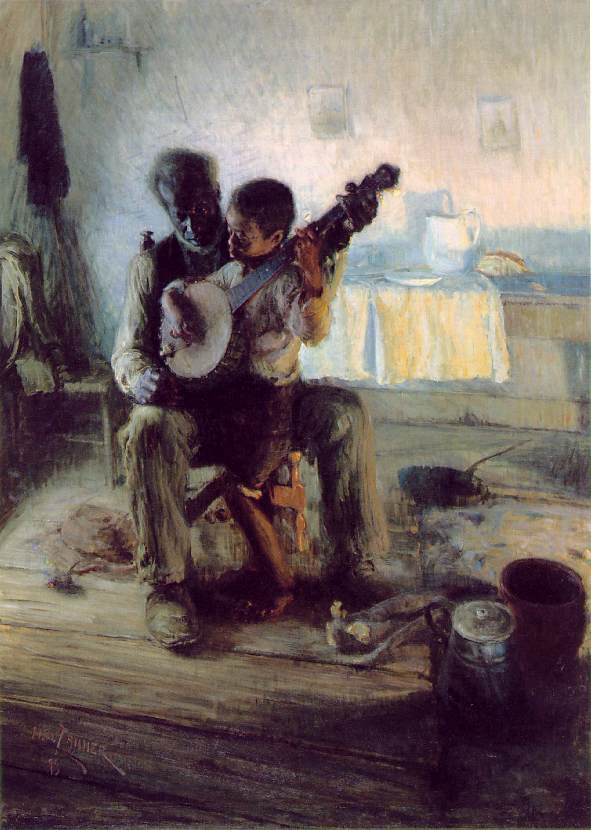Art World
Why We Should Take Statues Down—and Stop Building New Ones + 4 Other Great Art Essays to Read From the Past Month
A round-up of ideas from around the art web.

A round-up of ideas from around the art web.

Ben Davis

Here’s my monthly attempt to crack open the virtual magazine rack, read a bunch, and sift for ideas I think are worth debating or holding on to from the past month. If there’s something I missed that was good, I probably just ran out of time.
Below are five essays that I think are worth sharing from June 2021.
An excellent account, informed by both digging into the exhibition archives and by personal experience, of the role that HBCUs (Historically Black Colleges and Universities) have played in advancing a space for Black art history in the United States.
A biting tour of Little Island, Barry Diller’s Thomas Heatherwick-designed new park/public art wonderground in New York’s Meatpacking District, through the lens of the larger transformation of public space, where billionaire pet projects flourish as funding for less flashy public space withers.
The idea that the flora and fauna of European still lifes can be unpacked as a kind of rebus of colonial history is not new to scholars. But Mead’s wonderful account of how an Australian cockatoo in Andrea Mantegna’s Madonna della vittoria (1495-96) led to reconsiderations of antique trade routes and the commerce in luxury goods is very fun, and informative.
The great Gary Younge weighs in on the debate over monuments that rumbles on, with the authority of someone who has both been on the board of the Fourth Plinth public-art commission and as part of the University of Manchester’s Centre on the Dynamics of Ethnicity’s study of the impact of Black Lives Matter on memorials. The essay is full of on-target reflections about the meaning of public sculpture and public art, but that headline is not an exaggeration: It is ultimately an argument that statues of individuals—all statues of individuals, however heroic—distort how we think of and tell history.
Karp’s incisive reflections on how the discipline of history is currently being marshaled in public debate on both the left and the right—passing through the New York Times‘s “1619 Project”—is not strictly speaking an essay about art. But it’s definitely an essay about the new culture wars, and very relevant to art at a time when museums and city governments are trying to rethink how they reckon with the past. Above all, Karp is asking whether mainstream liberal culture’s replacement of a sunny rhetoric of inevitable U.S. progress with a rhetoric centering a religious-inspired language of “original sin” isn’t masking its own form of ideology.